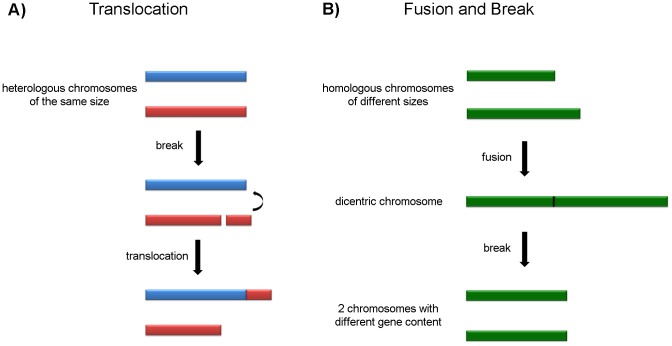Figure 7. Possible mechanisms of genetic recombination that could give rise to chromosomal polymorphism in T. cruzi.
Panel A) Translocation mechanism: a DNA fragment (210 kb) from a heterologous chromosome (red) is translocated to another chromosome (blue) by homologous recombination, generating “homologous” chromosomes of different sizes. Panel B) Fusion and breakage mechanism: two homologous chromosomes of different sizes are fused, forming a dicentric chromosome which is then broken, generating two chromosomes of similar sizes but with different gene content.

